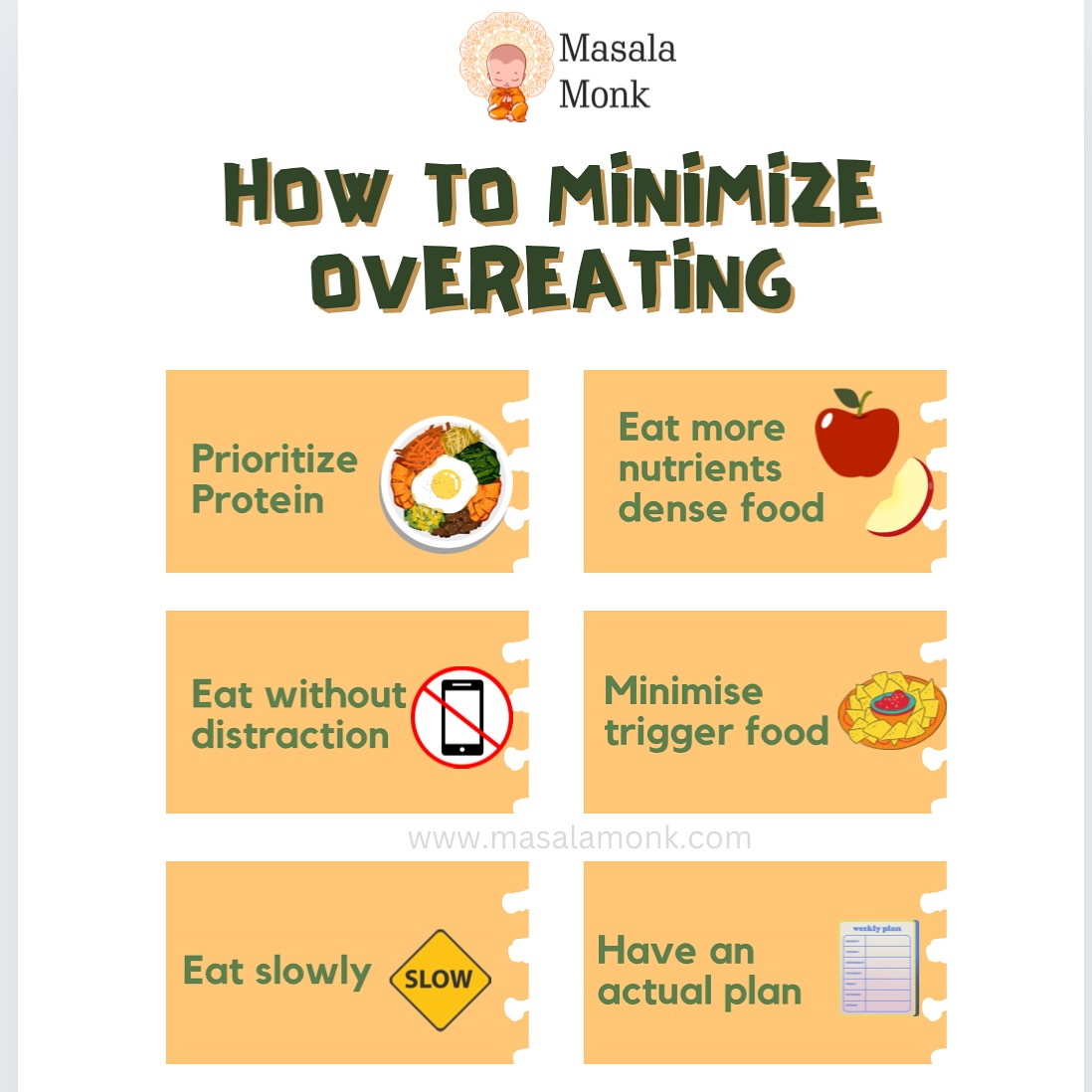
Digestive discomfort is something we’ve all experienced at one time or another. Whether it’s from overindulgence, stress, or simply a sensitive digestive system, finding relief can sometimes feel like a challenge. Thankfully, nature provides us with powerful and gentle remedies in the form of herbal teas.
Each of these teas brings unique benefits that can aid digestion, soothe discomfort, and promote overall gut health. Let’s explore the best teas for digestion and how they can make a difference in your daily routine.
- Peppermint Tea
Peppermint tea is renowned for its ability to calm the digestive tract and ease bloating and indigestion. Its menthol component relaxes the muscles of the gastrointestinal tract, which helps relieve gas and cramping.
- Fennel Tea
Fennel tea has been used for centuries to relieve digestive discomfort. It’s a natural carminative, meaning it helps reduce gas and bloating. Fennel is particularly useful after a heavy meal to support smooth digestion.
- Cardamom Tea
Cardamom tea is not only aromatic but also works wonders for digestion. Known for its anti-inflammatory properties, it helps in reducing stomach discomfort and can aid in reducing gas, nausea, and indigestion.
- Green Tea
Green tea is famous for its wide range of health benefits, and aiding digestion is one of them. It helps boost the digestive process and also enhances metabolism. Its catechins can soothe inflammation and reduce gas.
- Chamomile Tea
Chamomile tea is one of the best teas to drink before bed, not just for relaxation but also for its digestive benefits. It soothes the stomach and can relieve indigestion, bloating, and discomfort after meals.
- Ginger Tea
Ginger tea is a powerful digestive tonic. Known for its anti-inflammatory and anti-nausea properties, ginger stimulates digestive juices, making it easier for your body to break down food and absorb nutrients.
These herbal teas offer a gentle yet effective way to improve digestion and comfort. Incorporating them into your routine can make a significant difference in how you feel after meals. So, brew yourself a cup and enjoy the natural path to better digestion! You can read more about gut friendly foods here : Top 10 Foods for Gut Health
We would love to hear from you! Which of these teas have you tried, and which is your favorite for digestion? Share your experiences in the comments below. Also, let us know what you’d like us to cover in the next blog post! Your thoughts and suggestions are always welcome.













